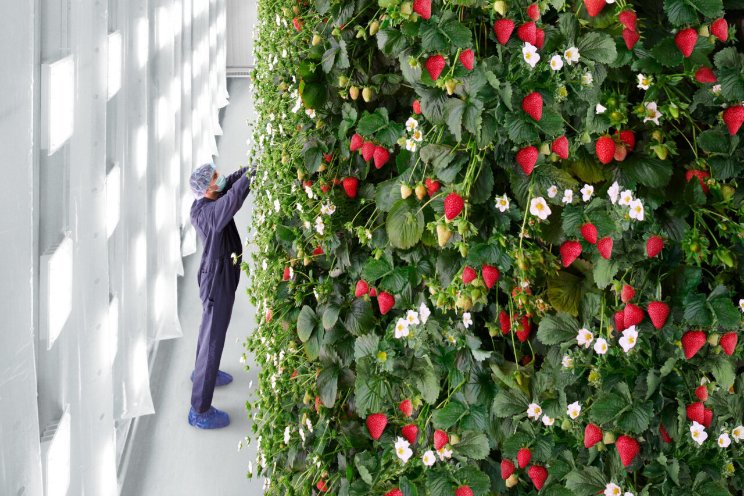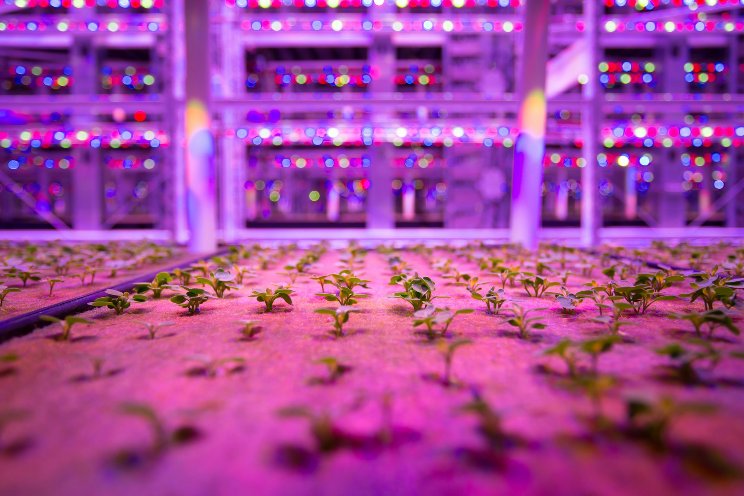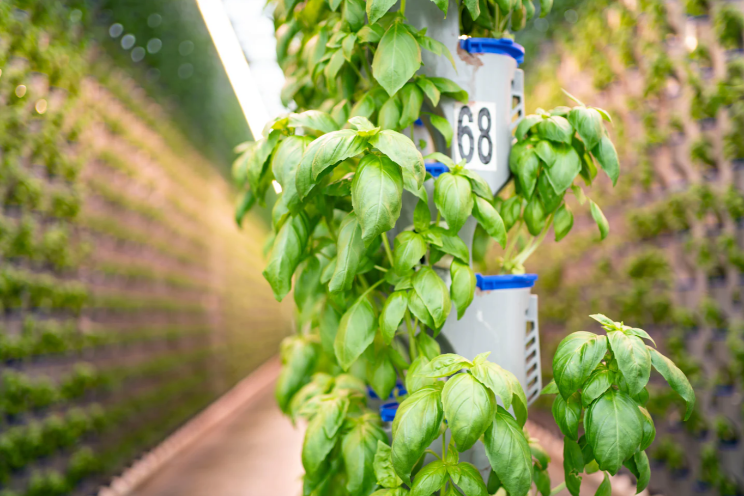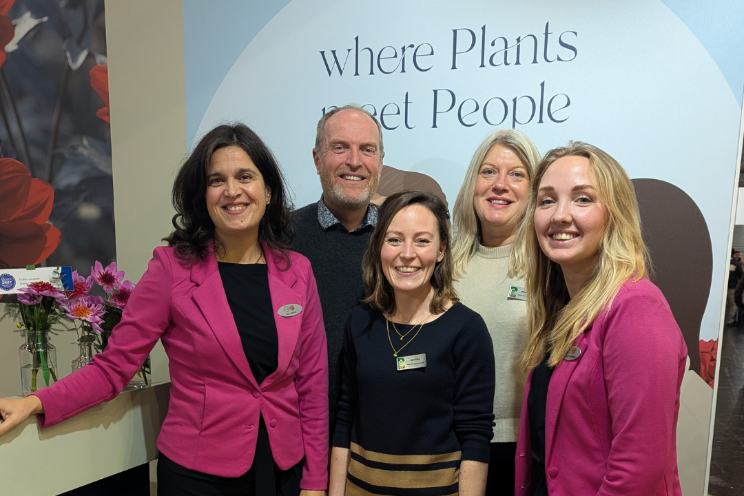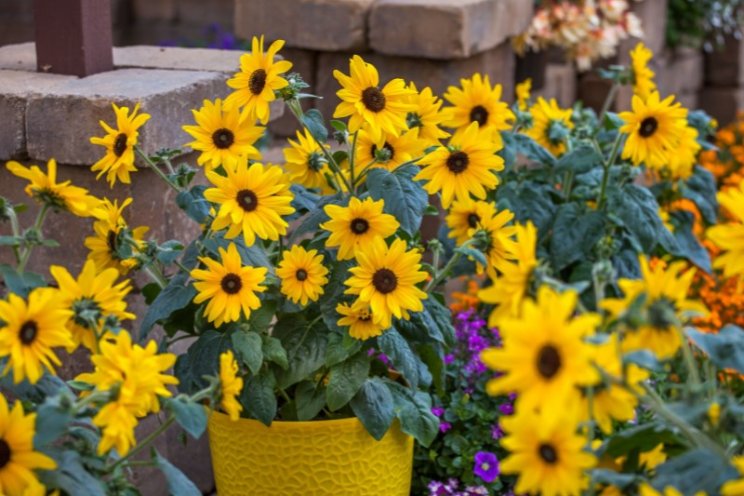Geranium Heat Stress: A common problem for Middle East growers
Added on 27 September 2024
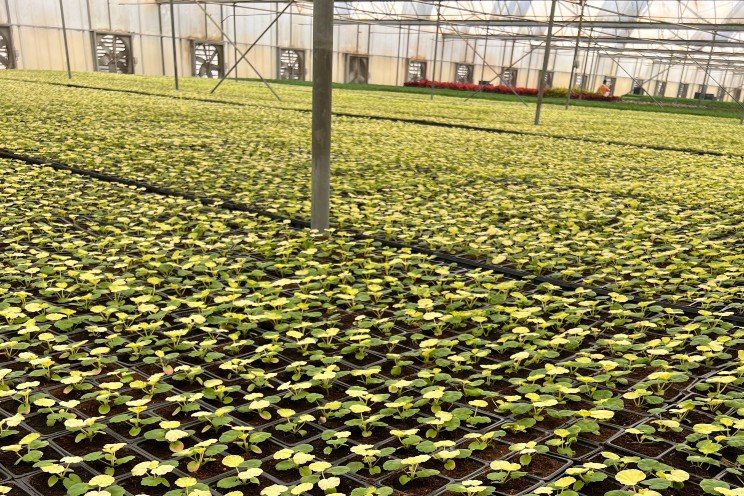
Geranium seeds are generally germinated in germination chambers due to thermodormancy and are then shifted to greenhouses after achieving desirable leaf development. Once young seedlings are transferred from the cooler germination chamber to the higher temperatures in the greenhouse, they are exposed to fluctuating conditions. When production temperatures exceed 30°C, foliage bleaching occurs. Heat stress in geraniums leads to intense bleaching of the foliage and necrosis of the developing young leaves.
Despite the availability of various seed varieties on the market, heat stress remains a significant production issue from August to September. The bleaching and chlorotic symptoms of geraniums typically resolve once temperatures are reduced, particularly when nighttime temperatures drop. Newly emerging leaves return to normal and continue to grow successfully. One possible solution is to delay production until optimal temperatures are reached; however, this can lead to a reduced period of landscape performance during the winter months. Alternatively, growers may consider importing young plants for planting during optimal temperatures, although this option may not be economical.
Flower breeders should take note of this unusual heat stress issue in geraniums and may work on developing heat-tolerant genetics in the future.
More news

